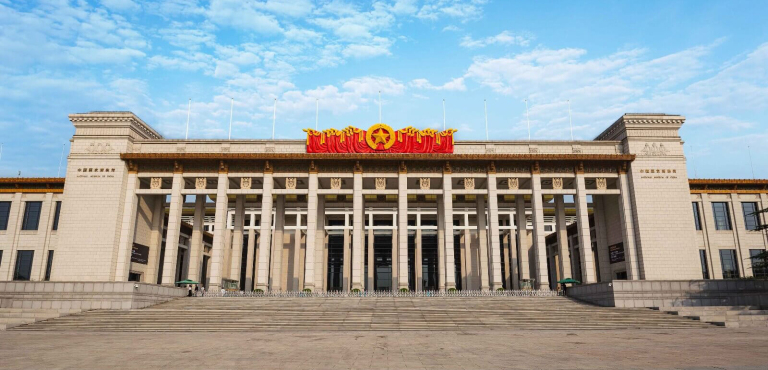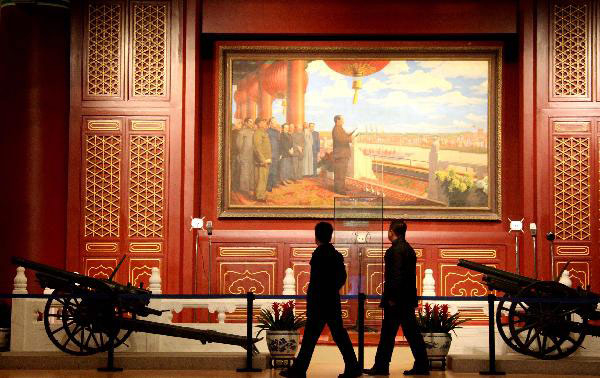National Museum of China
The National Museum of China, which was formed in 2003 by the merger of the Chinese History Museum and the Museum of the Chinese Revolution, is China's largest single-building museum and the world's top popular cultural architecture, rich in significant historic and cultural heritages. The National Museum, known for its comprehensive status in terms of collection, exhibition, research, archaeology, and public education, has evolved into the ancestral hall for Chinese Civilization, the Cradle of Chinese Dream, where it records over 5000 years of Chinese history and culture and preserves countless national treasures, the sublime spiritual homeland from which Chinese people inherit history and develop the future. It is an essential world discussion channel, a majestic palace displaying outstanding achievements in historical and artistic arts, as well as the social evolution of humanity as a whole.
The 5-story edifice with 48 display halls, a big Lecture Hall, Theatre, library, and public leisure area is one of the Chinese museums with opulent relic collections. Apart from permanent exhibitions such as Ancient China and The Road to Rejuvenation, the National Museum of China hosts a number of long-term theme exhibitions in the North and South Galleries, including Ancient Chinese Buddhist Sculpture and Ancient Chinese Bronze Art (both in No.2 Central Hall on F3), Exhibition for Fan Painting of the Ming and Qing Dynasties, Collection of Architectural Design, Ancient Chinese Jade Art, Ancient Chinese Money, and so on.
Location: No.16 East Changan Street, Dongcheng District, Beijing City
Website: chnmuseum.cn












